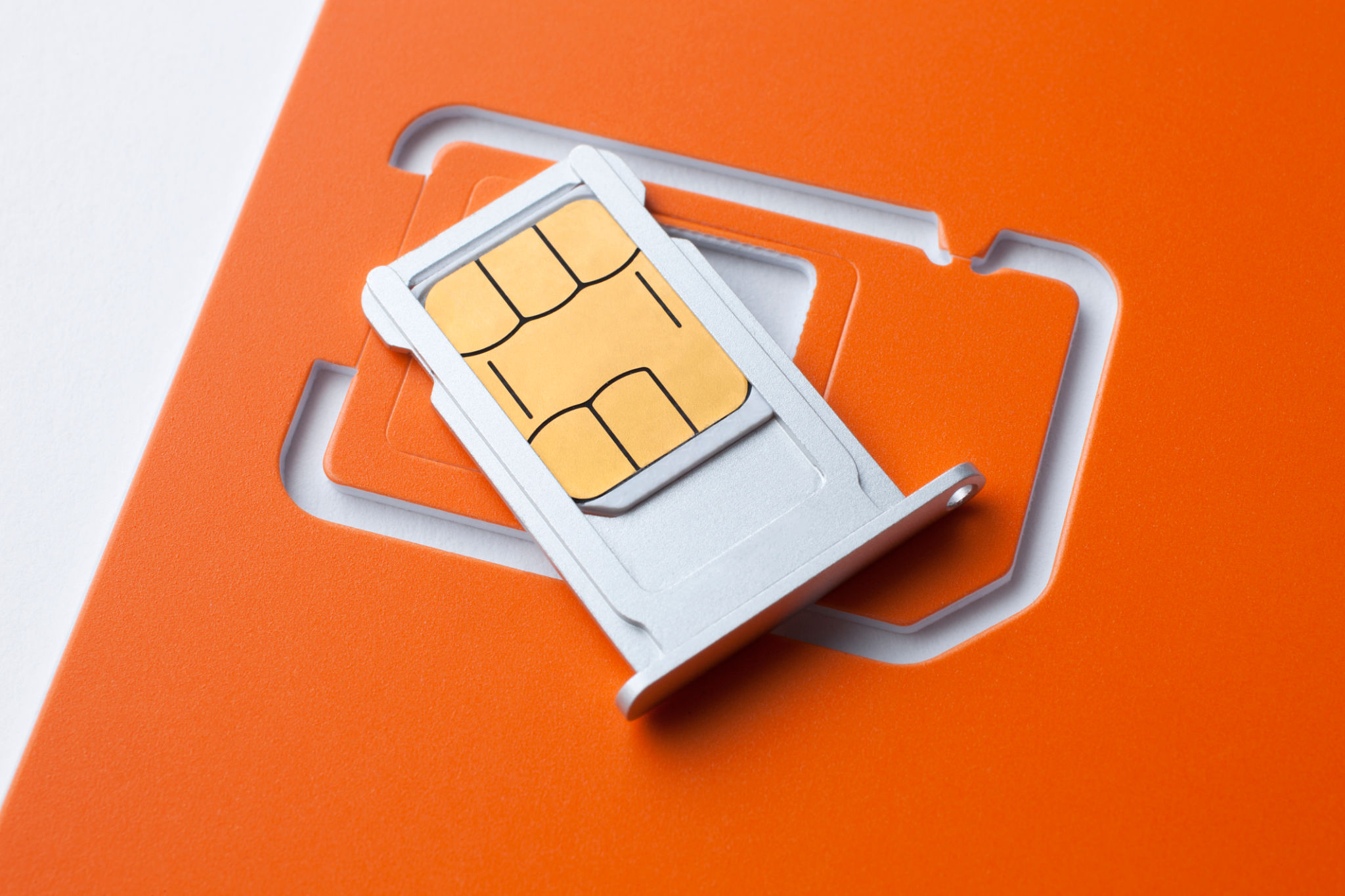Comparing eSIM vs Traditional SIM Cards for International Travel
Understanding eSIM Technology
In recent years, eSIM technology has gained traction among travelers and tech enthusiasts alike. Unlike traditional SIM cards, eSIMs are embedded directly into your device, eliminating the need for a physical card. This advancement allows users to switch between different mobile networks without the hassle of swapping out SIM cards. The convenience and flexibility of eSIMs make them an attractive option for those seeking seamless connectivity, especially during international travel.

eSIMs are supported by a growing number of smartphones and devices, offering a digital solution for managing multiple carrier plans. This technology has been embraced by major carriers worldwide, providing travelers with more options and simplified processes. As more devices come equipped with eSIM capabilities, the need for physical SIM cards is gradually diminishing.
Advantages of eSIM for International Travel
One of the key benefits of using an eSIM while traveling internationally is the ability to switch between different carriers and plans without needing to visit a store or wait for a SIM card to arrive by mail. This is particularly useful for frequent travelers who may move between countries often. With an eSIM, you can simply download a new plan to your device and activate it within minutes.
Additionally, eSIMs allow you to maintain your primary number while using local data plans in foreign countries. This means you can keep your home number active for calls and messages while taking advantage of cheaper local rates for data usage. This dual-plan capability ensures that travelers remain connected without incurring high roaming charges.

Traditional SIM Cards: A Trusted Option
Despite the rise of eSIM technology, traditional SIM cards continue to be a reliable choice for many travelers. These physical cards are widely available and can be purchased at airports, convenience stores, and retail outlets in most countries. For those who prefer tangible items or are using devices not yet compatible with eSIMs, traditional SIM cards remain a viable option.
Traditional SIM cards also offer the advantage of being easily transferable between devices. If you have multiple phones or a tablet that needs connectivity, swapping the SIM card is a simple task that requires no technical expertise. This flexibility is particularly appreciated by those who travel with multiple gadgets.
Comparative Challenges and Considerations
While both eSIMs and traditional SIM cards offer distinct advantages, there are also challenges to consider. For eSIM users, compatibility remains a concern as not all devices currently support this technology. It's essential to verify that your smartphone or device is eSIM-ready before planning to rely solely on this option for international travel.

On the other hand, traditional SIM cards may involve higher costs if purchased at airport kiosks or tourist hotspots. Additionally, the process of changing SIM cards can be cumbersome for those who frequently cross borders or need to switch carriers often. It's important to weigh these factors when deciding which option best suits your travel needs.
Making the Right Choice for Your Travels
Ultimately, the decision between an eSIM and a traditional SIM card depends on personal preferences and travel habits. If you value convenience and flexibility, particularly for frequent international trips, an eSIM may be the better choice. However, if you prefer a tangible product or have multiple devices that need connectivity, sticking with a traditional SIM card could be more practical.
As technology continues to evolve, staying informed about new developments in mobile connectivity options will empower you to make the most of your international travel experiences. Whether you choose an eSIM or a traditional SIM card, ensuring reliable connectivity will enhance your journey and keep you connected with loved ones back home.